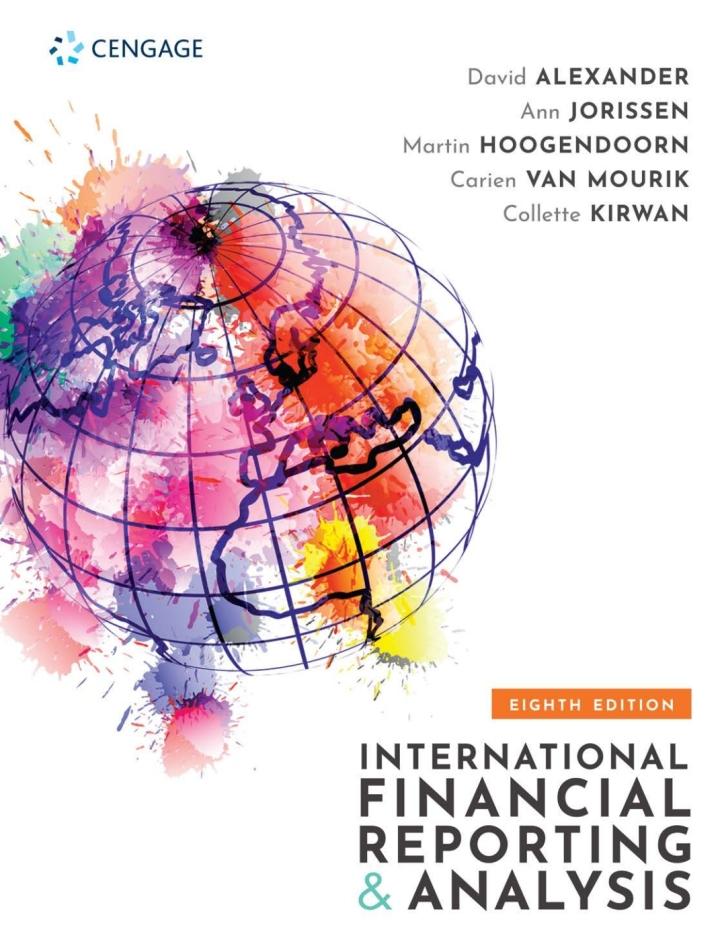Question
(i) Assuming Munoz reallocates 30 per cent of his current US equity portfolio to the international portfolio Chen recommends, calculate the standard deviation of the
(i) Assuming Munoz reallocates 30 per cent of his current US equity portfolio to the international portfolio Chen recommends,calculatethe standard deviation of the portfolio. (10 marks)
(ii) From Munoz's perspective,calculatethe contribution of currency risk to the international stock investment in Chen's example. (15 Marks)
This is the case study to the questions above.
Jerold Munoz is a wealthy US investor whose current portfolio consists entirely of US equities.He has read that there are benefits and risks associated with international diversification and is interested in learning more about these.He contacts Sarah Chen, CFA, an investment advisor who specialises in international investments for US based investor.Munoz provides Chen with information about his current portfolio and asks her to show him how an allocation of international securities could benefit his portfolio.
When they meet, Chen tells Munoz: "Your current all-domestic equity portfolio has a standard deviation of 10.4 percent.I have constructed a well-diversified portfolio of international stocks and bonds with the same expected return and standard deviation as your domestic portfolio.This portfolio has a correlation of 0.5 with your current all-domestic portfolio.Allocating 30 percent of your investments to this portfolio of foreign stocks and bonds will not affect your expected return but will substantially reduce your portfolio risk."
Munoz says that he has read a number of things about currency risk that he isn't sure about, including:
Statement 1: Currency risk is difficult to eliminate.
Statement 2: Currency risk should be netted across all portfolios.
Statement 3: Currency risk tends to be smaller over longer horizons.
He asks Chen to verify these statements.He also asks Chen for an example of how currency risk and market risk interact.Chen explains that, from the perspective of a US investor like Munoz, the risk of a foreign stock investment depends on the market risk of international stock in local currency, the risk of the exchange rate of the stock's currency relative to the US dollar, and the correlation between the two.She provides an example in which the market risk is 9 percent, the exchange rate risk is 6 percent, and the correlation is 0.4.
Munoz tells Chen that he understands that low correlations are the key to effective international diversification, but asks her whether he should hedge currency risk when he makes investments in international stocks and bonds.Chen replies that it does not really matter from a portfolio risk perspective, because there is little difference between the correlations when comparing hedged and unhedged returns.
After the have talked extensively, Chen recommends that Munoz change his focus from international diversification to global investing.She explains that such a change in focus will alter Munoz's analysis, causing him to place more emphasis on some factors and less emphasis on others.
Finally, Munoz asks Chen to comment about the benefits and risks associated with emerging markets.Chen says that expected returns and risks are generally higher in emerging markets than in developed countries.She also points out that the factors related to portfolio risk, such as the way correlations change during periods of increased volatility, the correlation relationship between market returns, and exchange rates, behave in the same qualitative ways for both types of markets.
Step by Step Solution
There are 3 Steps involved in it
Step: 1

Get Instant Access to Expert-Tailored Solutions
See step-by-step solutions with expert insights and AI powered tools for academic success
Step: 2

Step: 3

Ace Your Homework with AI
Get the answers you need in no time with our AI-driven, step-by-step assistance
Get Started


